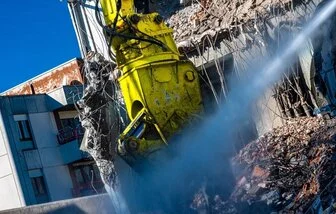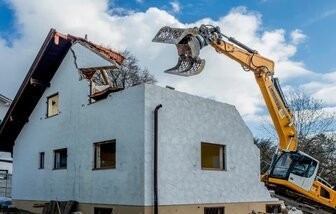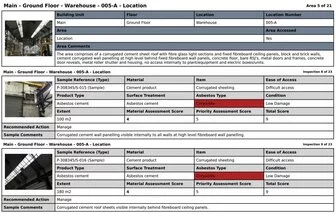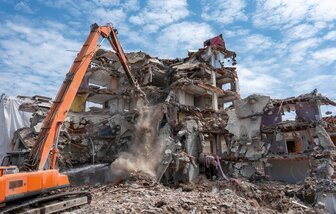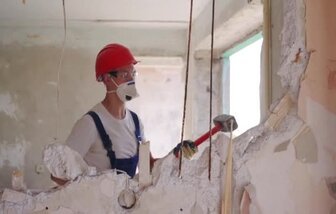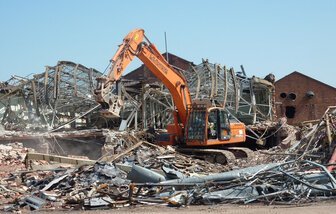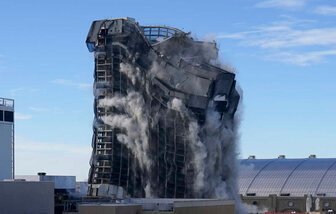What is structural demolition
Structural demolition is a complex process that requires careful planning, assessment, and execution. Following a well-defined sequence of events ensures the safety of workers, nearby structures, and the environment. By understanding the different stages involved in structural demolition, we can appreciate the importance of this process in the life cycle of buildings and structures.
All you need to know about Structural Demolition
Learn about the process of structural demolition, including planning, assessment, site preparation, soft strip, mechanical demolition, selective demolition, debris removal, and site clearance.
Understand the importance of careful coordination and execution to ensure the safety of workers, nearby structures, and the environment.
Discover the stages involved in structural demolition and the significance of this process in the life cycle of buildings and structures.
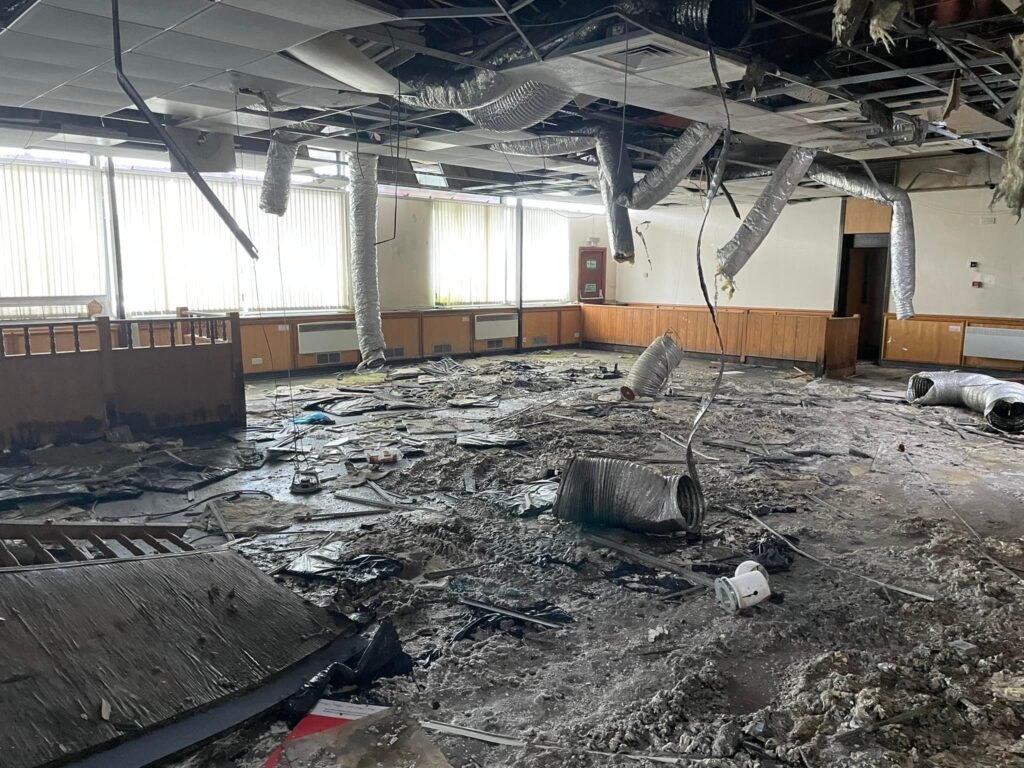
Structural demolition is the process of safely and efficiently dismantling or removing a building or structure. It involves careful planning, coordination, and execution to ensure the safety of workers, nearby structures, and the environment. In this blog post, we will explore the concept of structural demolition and discuss the typical sequence of events involved in the process.
Structural demolition refers to the controlled removal of a building or structure, either partially or completely. It is often necessary when a structure becomes unsafe, obsolete, or needs to be replaced for new development. The process involves the use of specialized machinery, tools, and techniques to dismantle the structure while minimizing any potential hazards.
1. Planning and Assessment
Before any demolition work begins, a thorough planning and assessment phase is crucial. This involves evaluating the structure’s condition, identifying any hazardous materials present, and determining the best approach for demolition. Engineers, architects, and demolition experts collaborate to develop a detailed plan that considers safety, environmental impact, and the specific requirements of the project.
2. Site Preparation
Once the planning phase is complete, the site preparation stage begins. This involves securing the area by erecting safety barriers, fencing, and signage to ensure the safety of workers and the public. Utilities such as water, gas, and electricity are disconnected, and any hazardous materials, such as asbestos or lead, are safely removed or abated.
3. Structural Soft Strip
Before the actual demolition can take place, a soft strip of the interior is often necessary. This involves the removal of non-structural elements such as fixtures, fittings, and finishes. Soft stripping allows for the salvage or recycling of materials and prepares the structure for the subsequent stages of demolition.
4. Mechanical Demolition
Mechanical demolition is the most common method used in structural demolition. It involves the use of heavy machinery, such as excavators or high-reach demolition machines, to systematically dismantle the structure. This can include breaking down walls, floors, and roofs, while ensuring the stability of the remaining structure and minimizing the impact on the surrounding environment.
5. Selective Demolition
In some cases, selective demolition may be required to remove specific sections or components of a structure while preserving others. This is often necessary when integrating existing structures into new developments or when historical or architectural elements need to be preserved. Selective demolition requires precision and careful coordination to ensure the desired outcome.
6. Debris Removal and Recycling
After the demolition is complete, the debris is removed from the site. This involves sorting and separating materials for recycling or proper disposal. Recycling construction and demolition waste helps reduce the environmental impact of the project and promotes sustainability.
7. Site Clearance and Restoration
Once the debris is removed, the site is thoroughly cleared, and any remaining foundations or structures are demolished if required. The site is then prepared for the next phase, which could include new construction, landscaping, or any other planned development.
What is demolition?
The process involves Rotational hydraulic shears and rock-beakers attached to specialist excavators are also used to cut or break through wood, cut steel and crush concrete which reduces the structure to a rubble
What is a premature collapse?
TPremature collapse of these structures is one of the main causes of serious injuries resulting from demolition activities. The most common type of incidents is the lack of planning before commencement
Demolition hazards
If a demolition project is well planned the risks of injury and death can be minimised. It should be emphasised that the planning and execution of a demolition project should only be done by appropriately competent persons.
What is a section 80 demolition notice?
If your considering demolishing an existing building you will need to submit a demolition, Section 80 Notice together with your (RAMS) to your local authority according to section 80
What is a pre-demolition survey
When a building is to be demolished the (non-domestic) client (usually the property owner) has a duty to provide pre-demolition information to the designer and contractor. This will involve a pre-demolition investigation and survey.
How to manage asbestos in demolition
One of the key issues arising in demolition these days is asbestos. Widely used in construction projects by previous generations, asbestos is now accepted as the UK’s largest occupational killer and there are strict guidelines for the safe removal
How to manage your demolition project
Where any redundant building, structure plant has contaminated flammable materials, precautions must be observed to avoid fires and explosions. Specialist advice must be required to identify any residual
What is manual demolition?
Among the methods, manual demolition is found to be most applicable for most sites, especially for areas located in the urban zone. The safety of the demolition process would greatly depend on the type of procedure used.
What is non explosive demolition?
You do not need explosives for every demolition job. Most people assume that for a demolition to be a demolition there is a need for a kaboom. It does not have to be that way
Structural demolition
Structural demolition is not a walk in the park. Total Group is well placed to deliver a safe, environmentally friendly and a budget wise project. We focus on a process that will assist you to salvage and recycle material for reuse.
What is high risk demolition?
The building contractor needs to make a thorough risk assessment to look for both risks and hazards. Control measures are then implemented to prevent any accident that could be fatal.
Controlled demolition methods
If you have a large building that requires demolishing, you cannot rely solely on manual demolition to get the project completed. There is only so much that a team of demolition contractors.
Ready to start your project ?
Let's Work Together
Please complete the form below and someone from the Total team will be in touch.

